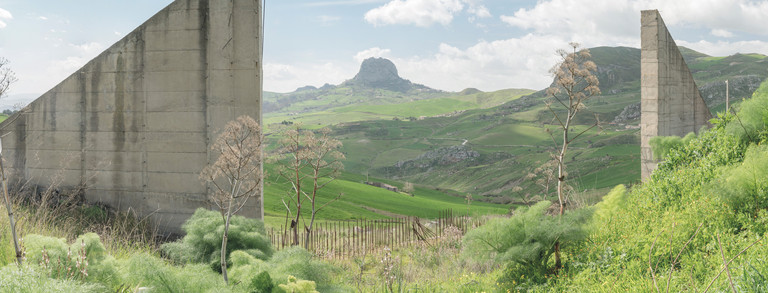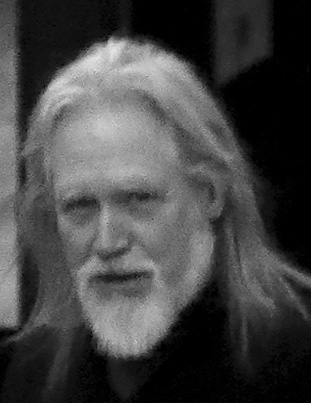
You are here:

Val Warke teaches at Cornell University, in the Department of Architecture and in the Graduate Field of Fiber Science and Apparel Design. His teaching and research focus has been on criticism and theory, in particular topics of genre, fashion, reception, and relations to literary theory, in particular the work of Mikhail Bakhtin. He has been published in a number of journals, including Assemblage, A+U, and Log, and has contributed to a number of books, including 100 Buildings and Morphosis, and co-wrote The Language of Architecture with Andrea Simitch. He also practices architecture with Andrea Simitch, in Simitch + Warke Architecture, and graduated from Cornell with a B.Arch. and from Harvard University with an M.Arch.

The Carnival's Return
The dissolution of public space in its traditional configuration as being determinate and predominantly constructed is perhaps the direct result of a dissolution of 'the public' as a singular, identifiable entity. Each of these publics is finding its own interpretation and usage of the spaces of the city, often resisting an urban environment that has been designed to be at times intimidating and alienating, and at other times coddling and domineering. It is possible to trace a direct line from the urban designs of the baroque city through the grids of the Enlightenment to those that characterize most of modern architecture. In other words, the controlled theatricality of these earlier urban spaces continue to reside in the structure of the contemporary city. And while there is a tradition of a nostalgic/romantic fascination with ruins, the current prevailing attraction to ruins — especially industrial ruins — is clearly symptomatic of the acts of spatial carnivalization enacted by many contemporary cultures as they are faced with the sense of inhabiting a dying planet. Rome provides a superb example of the evolutionary appropriation and reappropriation of public space, often facilitated by the deterioration of historic architectures and by their reclamation by nature. Erosion, weathering, and ruination destabilize the determinism implicit in constructed, theatrical space.
